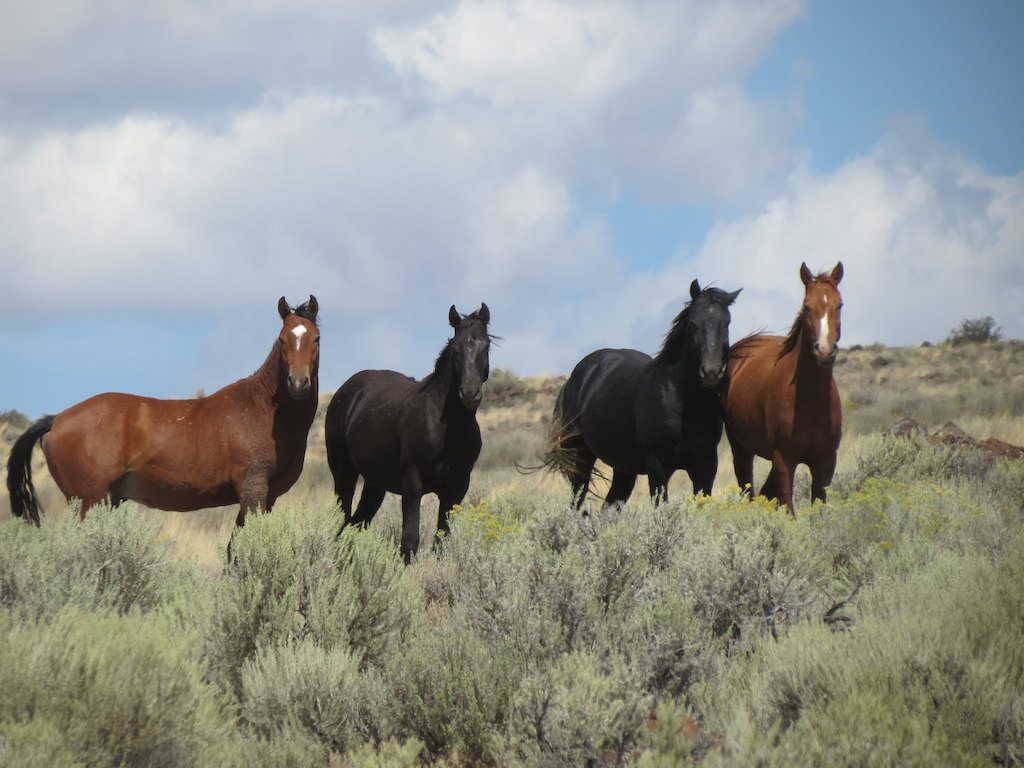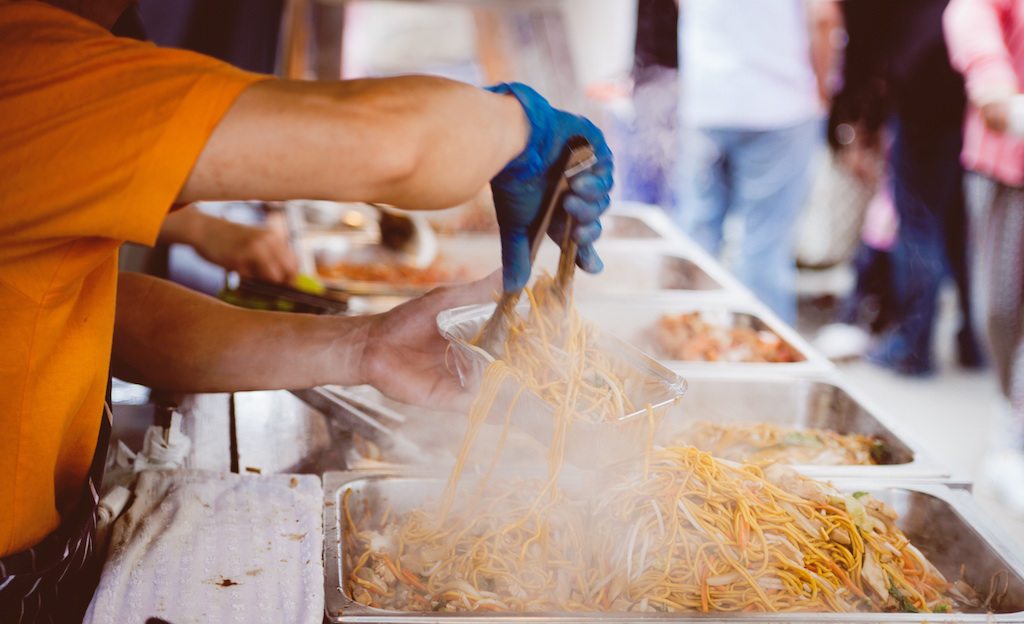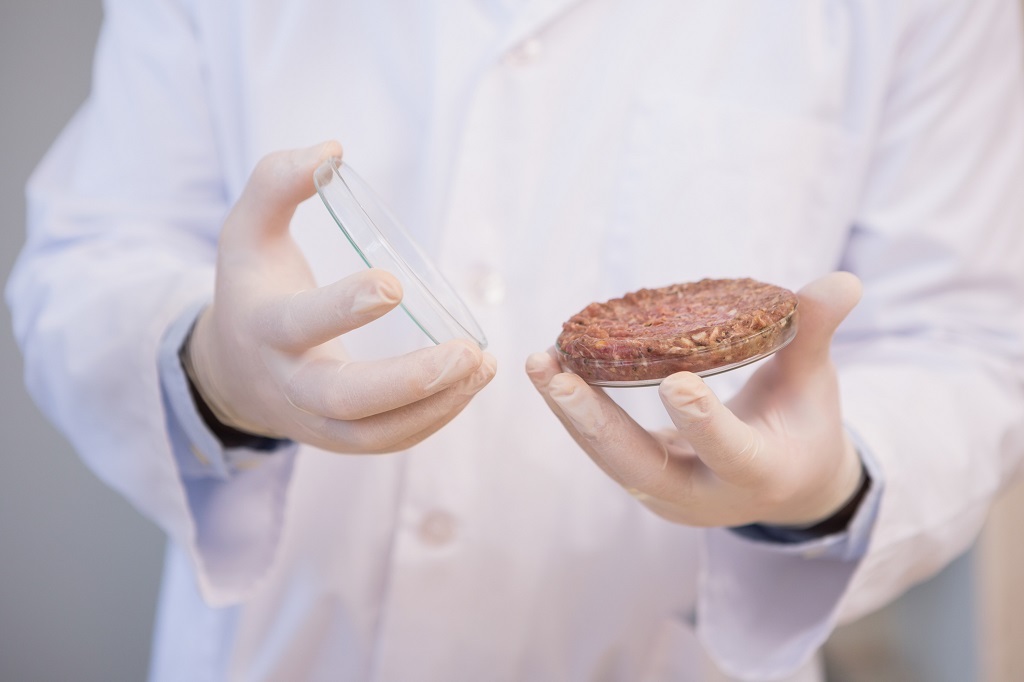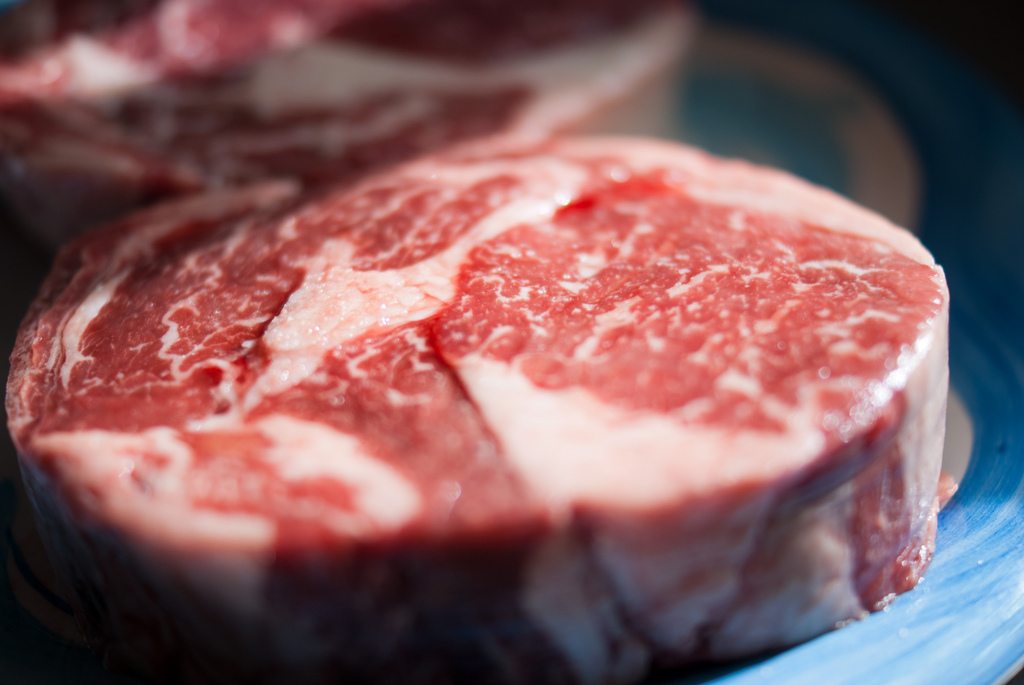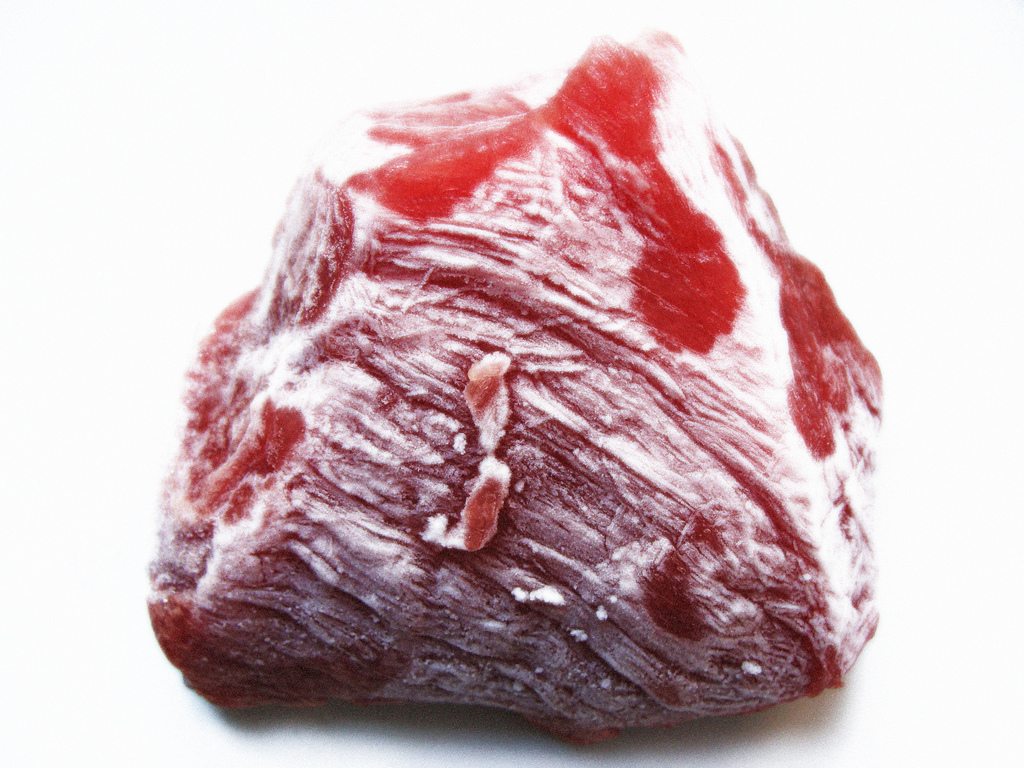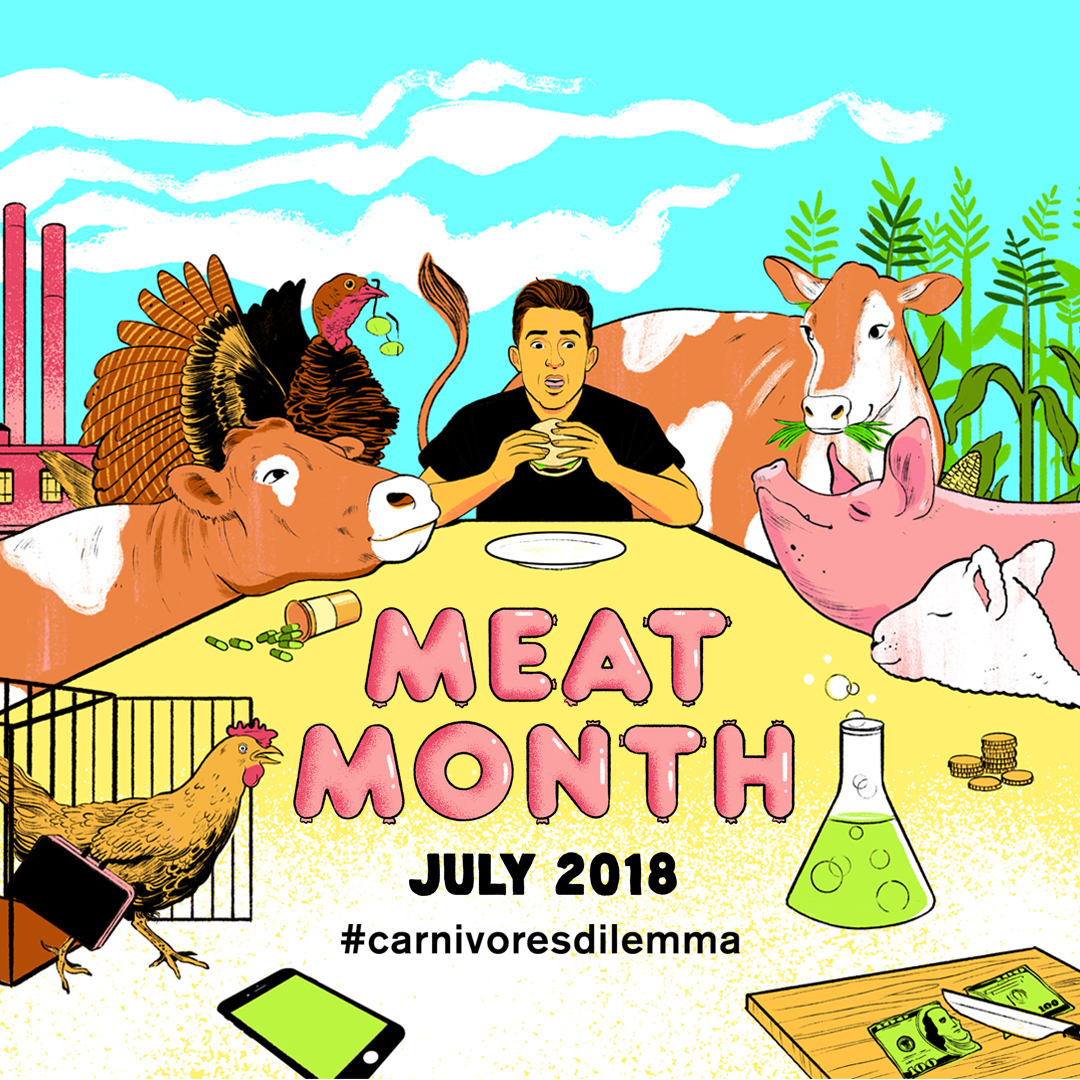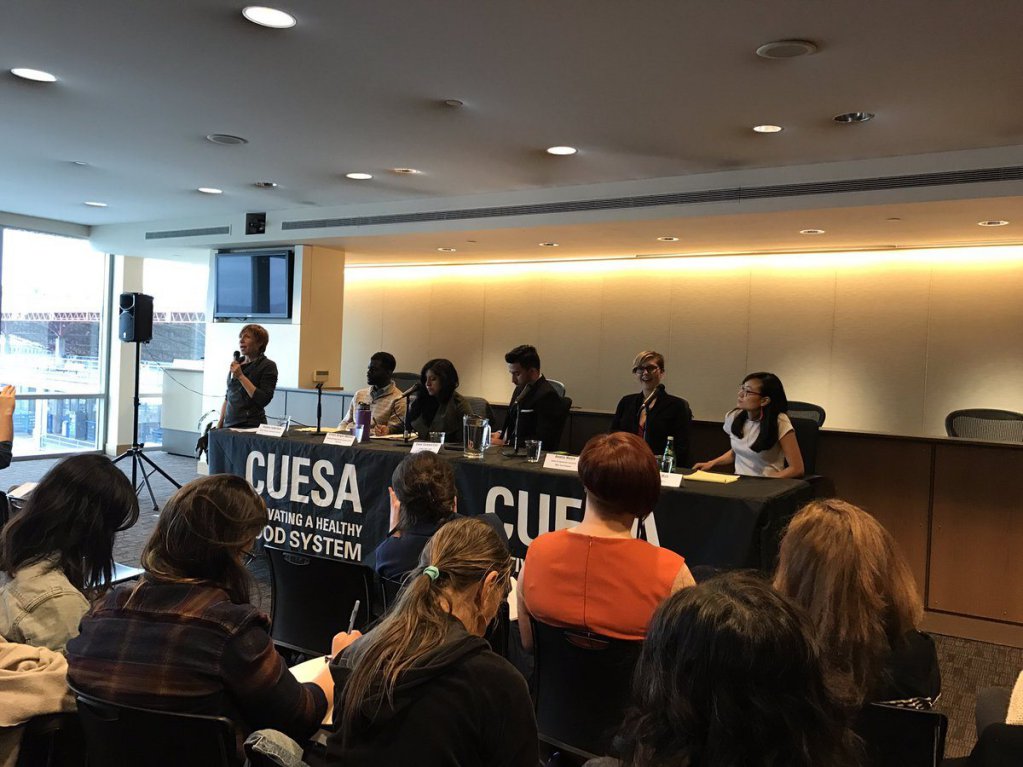Fans of sfilacci di cavallo, malgogi-yukhoe, basashi, or regular old entrecôte of horse have a new cause for celebration: Locally sourced horse meat may soon be available in the United States. A controversial lift on a de facto ban of horse slaughter for human consumption passed a crucial hurdle in the House on Wednesday—by just one vote, the Miami-Herald reports.
Domestic horse slaughter is effectively banned as a result of amendments that have been repeatedly passed in Department of Agriculture budget appropriations bills since 2005 (there have been a few exceptions—more on that in a minute). These amendments ban the use of government funding for inspecting facilities that slaughter horses. From 2005 to 2007, horse slaughterhouses were allowed to foot the bill for their own USDA inspections, but that loophole soon closed. And since slaughterhouses that don’t have USDA approval can’t really sell meat anywhere, all three U.S. slaughter facilities that used to deal in horse meat shuttered by the end of 2007.
But the election of Donald Trump got animal rights advocates and ranchers alike wondering if changes were ahoof. “There’s a new sheriff in town,” rancher and Republican state Rep. Warren Love of Missouri told the Kansas City Star. A Humane Society spokeswoman told the paper she anticipated “a major battle over horse slaughter.”
So here we are at the start of that battle: The amendment that would keep the ban in place has been struck down in a 27-25 vote in appropriations. Next, the Department of Agriculture funding bill has to pass the House. Will we all be eating horse burgers by the end of the summer?
Not so fast. This has all happened before, as recently as 2013. Turns out, once the horse slaughterhouses shutter, it’s really hard to open them back up.
Before we get into bleak story of the slaughterhouse hopefuls of the early 2010s, a quick recap on why this issue is so controversial. The anti-horse slaughter side is pretty obvious—anyone who’s ever hung out with an 11-year-old girl understands the gist of that argument. Horses have big brown eyes, horses are smart, horses are our friends. There’s also some evidence that the slaughter process itself is especially inhumane, and opponents have argued that horse slaughter carries serious food safety and environmental implications. The ASPCA has been a highly vocal opponent of horse slaughter for a long time, and animal rights activists were instrumental in passing the initial ban.
But as the Christian Science Monitor points out, slaughtering horses to export their meat to Europe and Asia was a $4 million industry prior to the ban. And since the U.S.-based slaughterhouses closed, live animals have been shipped from the U.S. to Mexico and Canada to be slaughtered and sold as meat there. A whole sub-industry of “kill buyers” has sprung up to resell horses to slaughterhouses abroad, and the Miami Herald estimates more than 100,000 animals are shipped across the border alive every year. That journey can be long and grueling for the animals, and proponents of slaughter in the U.S. say keeping it in-country might actually be more humane.
(There’s a whole other angle to this debate, too: In western states, wild horses are removed from park lands and sold. A 1997 L.A. Times exposé found that 90 percent of horses “adopted” by members of the public wound up resold for slaughter. This piece of the argument is even more contentious—The Atlantic has a useful backgrounder. Bear in mind that while these stories may make it seem like wild mustangs represent a large proportion of the 100,000-plus animals that are shipped to Canada and Mexico, the Bureau of Land Management’s records indicate its program has affected only about 6,000 horses per year since 1971—or 6 percent of the horses sold for slaughter.)
Back to the regulations: In 2011, an appropriations bill was passed that lifted the ban on USDA funding for the inspection of slaughterhouses that process horses. In Roswell, New Mexico, one couple decided to convert their cattle processing facility to accommodate horses.
But Rick and Sarah De Los Santos’ decision quickly drew the ire of animal rights activists and local politicians, the Associated Press reported. He and his wife received death threats, saw their property vandalized, and had to hire extra security. But they pressed on, and the USDA approved their facility in April of 2013.
But Valley Meat Co. never slaughtered a single horse. The New Mexico Environmental Department refused to issue a groundwater discharge permit. (Interestingly, the groundwater discharge permit proved problematic at other facilities in different states. In Missouri, a slaughterhouse operator received a discharge permit that allowed him to process everything except equine species. He told the River Front Times he expected politics were involved.)
And the De Los Santos’ plan eventually backfired even further: After the Obama administration re-implemented the amendment that prohibited USDA funding for horse slaughter inspections in 2014, the state of New Mexico took it one step further: It sued to stop the De Los Santos’ plans, saying the facility would violate food safety and environmental laws, the Albuquerque Journal reported. Then in 2016, a state district judge issued a ruling that effectively banned horse slaughter in New Mexico forever. A phone call to a Roswell, New Mexico slaughterhouse with a similar name rang and rang with no voicemail.
Other facilities, like the one I mentioned in Missouri, as well as others in Oklahoma and Illinois, met similar obstacles. None managed to open for business before horse slaughter was banned again in 2014.
Even if the appropriations bill is passed with funding for horse facility inspections, there’s another bill kicking around in Congress that would ban the practice by deeming horse meat unsafe. The Safeguard American Food Exports act (H.R. 113) would ban both slaughter and sending horses to Canada and Mexico. That bill was introduced in January of 2017. Similar bills were also introduced to Congress in previous sessions but have never come to a vote.
All this goes to show that even if the federal government signs off on domestic horse slaughter, it’s not likely to come to fruition without a pretty loud chorus of—sorry—neighs from animal rights activists, local environmental agencies, and unsympathetic politicians.
